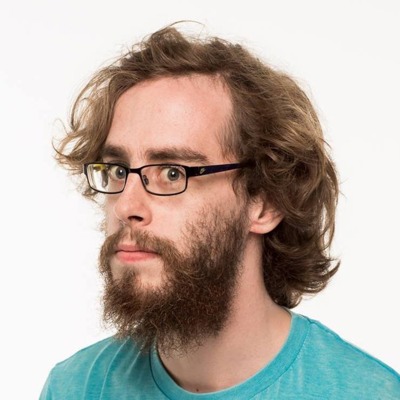May 23 , 12:00 - 12:15
Mining diamonds with wooden hammers : getting diffusion MRI processing into the age of steel
In the community of diffusion MRI (dMRI), laboratories have been processing their data using mostly old school techniques to do task scheduling; most of them still process sequentially using bash scripts. In our lab, we started using Nextflow DSL1 a few years back to accelerate our processing efficiency, with moderate success and great feedback from our collaborators and researchers all around the world.
As our collection of pipelines and users grows - and slowly becomes unmanageable - it is time to actualize once again our software ecosystem. This time, we want to do it so people can follow our lead and take the steps required to accelerate the field of dMRI into the next era. Using Nextflow DSL2 and the nf-core suite of tools and standards developed by the community, we created nf-scil, a repository of curated modules for dMRI processing. We loaded it with a varied collection of processes we love and use daily to process our data, as well as workflows mimicking common tasks taken on them. Since nf-scil adheres to the core standards of nf-core, all modules it proposes get linted, tested and integrated practically for free, albeit the user needs to define test cases; they are thus safer to implement in fully-fledged pipelines than their DSL1 counterparts.
To prove the usability of nf-scil, we used its components to port one of our most popular pipelines, Tractoflow, into DLS2. While its new implementation does not diverge from the previous one in terms of outputs, Tractoflow is now fully validated, delivered through CI/CD and its API auto-generated. This has the potential to save an incredible amount of time to our developers and users, which can now implement new modules and pipelines in a continuously integrated and delivered environment. In addition, it will facilitate making the field of diffusion MRI research more reproducible and its solutions more efficient, paving the way for faster translation to clinical studies of research findings and better usage of computational resources in medical imaging analysis.
Speaker
Co-authors
Arnaud Boré, Manon Edde, Stanislas Thoumyre, Anthony Gagnon, François Rheault, Maxime Descoteaux
